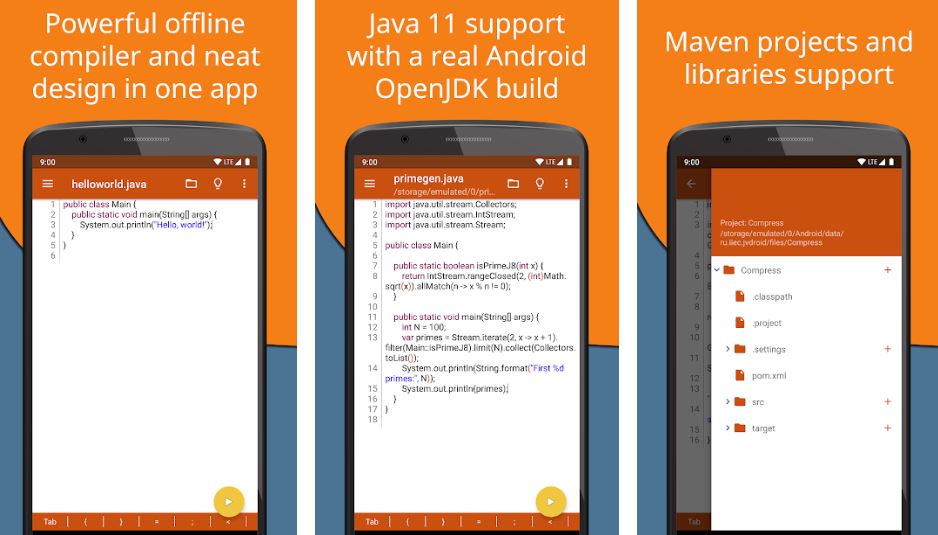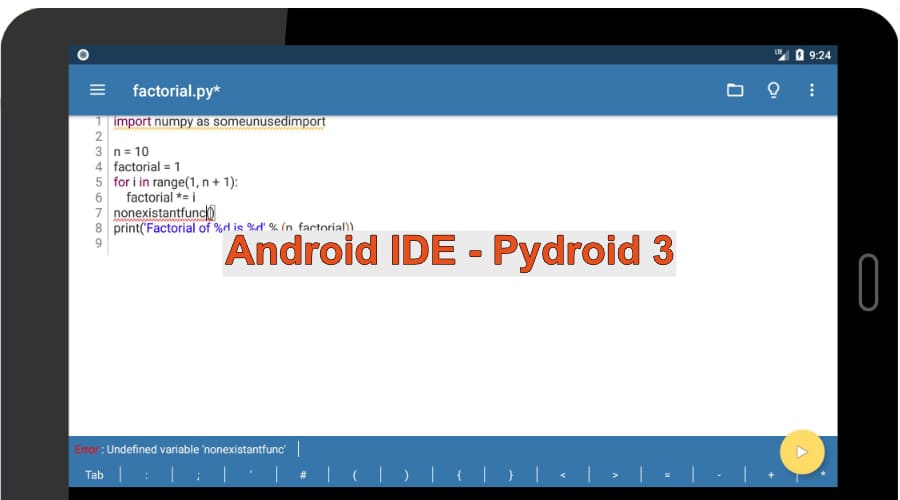


Used to code Java but can be expanded to other languages via plugins, it is still a powerful tool. This is where you’ll be doing most of the work creating, designing, testing and polishing your mobile app.Īs well as “the originals”, that is to say Eclipse, IntelliJIDEA and of course Android Studio, we’ve chosen a couple of other platforms here to include C, C++ and PhoneGap, though generally, it is recommended that you stick to Java and HTML5.Īndroid Studio– The official IDE, based on the community-created IntelliJIDEA (see below).Įclipse– Before Android Studio, this was the official Android development environment. IDEs can contain a compiler, which translates the language you are coding in to Android’s Java, and a debugging console, all usable through the same graphical interface.

IDE stands for “integrated development environment” – effectively a piece of software that allows you to create other software, in our case a mobile application.Īn Integrated Development Environment (IDE) is an application that facilitates application development. If you decide that you don’t want to stick to just Android, but would like to go cross-platform, you can check out our list of cross-platform development resources, and if you’re thinking of making a game then you should probably read our guide on gamespecific resources. That’s why we’ve compiled this big list of Android development resources and tools so you can find all you might need in one place.įrom IDEs to learning tutorials, consoles to libraries, we’ve covered the very first steps a budding developer can take on this path, to useful libraries and plug-ins for the more experienced users.Įach section has a brief description of what it is before delving into the best tools within that category. Starting out in Android development can be a daunting task – there’s so much information out there, so many tutorials and so many resources it can be hard to navigate.


 0 kommentar(er)
0 kommentar(er)
